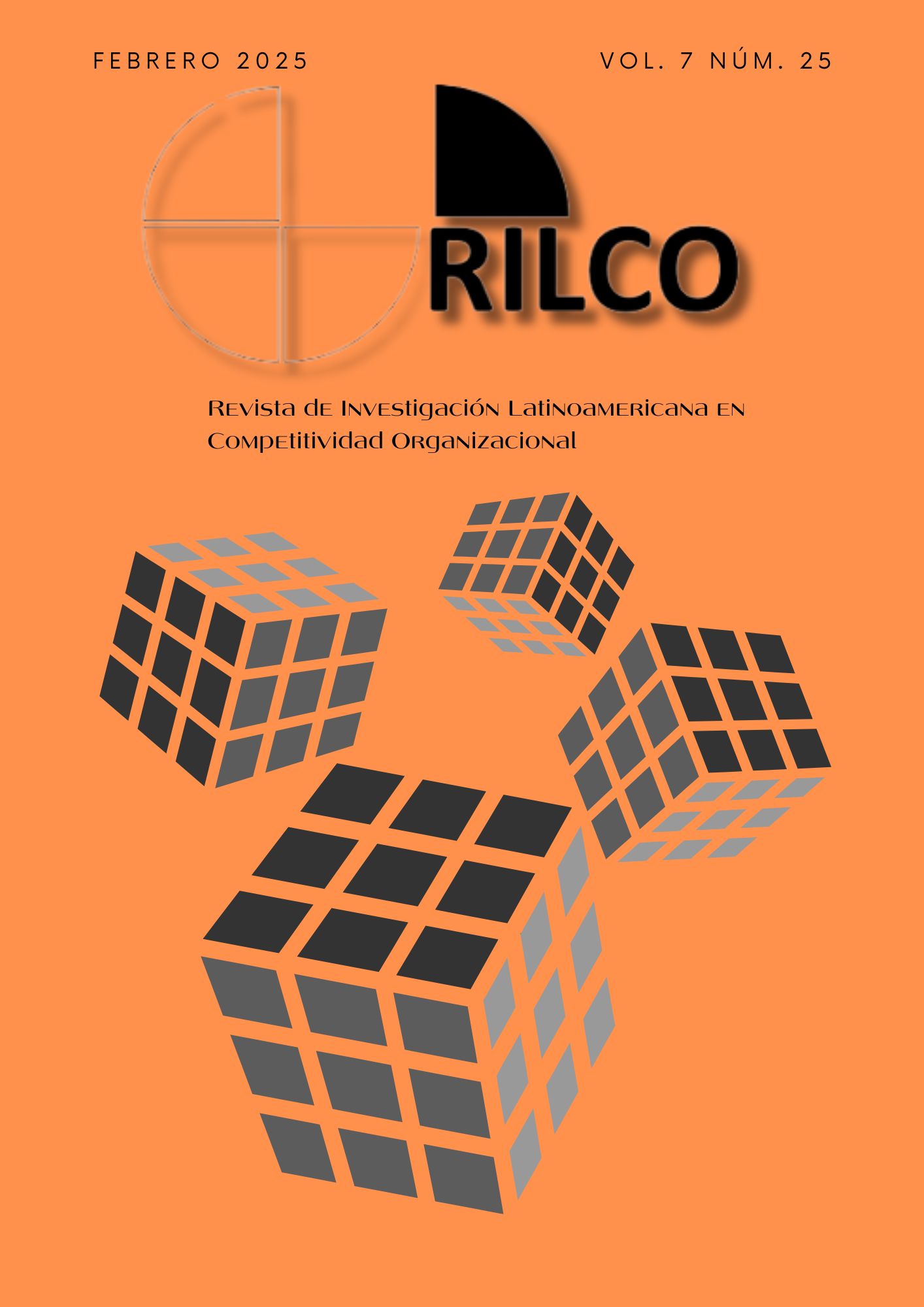Improving the organizational design at the CIMEX branch in Holguín
DOI:
https://doi.org/10.51896/rilco.v7i25.779Keywords:
Satisfaction, stimulation, well-being, individual and organizationAbstract
This study was conducted during the month of November 2023. The survey was applied to 635 workers. The sample compared to the previous study increased by 5.4% to reflect the 98.4% of respondents who perceive high and medium levels of job satisfaction (SL) with respect to the indicators: nature and content of work, teamwork and management, moral and material stimulation, working conditions and well-being conditions. Only 1.6% perceive (SL) far from the desired state. This means that the dissatisfied people decreased by 5.4% compared to the first semester of 2023. The above expresses the degree of adjustment of the improvement plan and the treatment aligned with the behavior of the variables that are the object of this research, supported by the will of the administrations to solve the problems that generate the greatest dissatisfaction. The results support that in the Branch there is a positive perception of work activity based on the results achieved. The nature and content of the work being the dimension that generates the greatest job satisfaction, as well as group work and managers and the conditions of well-being, the latter with increasing and gradual levels of SL, all with a behavior above the desired IISL. It is valued that since 2019 the Branch shows an increasing behavior of the (SL), and maintains a similar perception of the dimensions and variables. However, the comparative analysis will be carried out with respect to the 2 semesters preceding the study. The above is interpreted that the Branch presents as strengths that its workers generally perceive satisfaction in the content of the task they perform, as well as the variety of skills, meaning and identification with the work and the impact on other people. Likewise, group work and managers and the conditions of well-being that reflect the management of human capital as a promoter of personal and professional development that contribute to professional achievement. The sense of usefulness of the worker to the company and vice versa is reinforced, creating a solid and motivating dependence between the individual and the organization. It is noted that in previous studies of job fluctuation, the variable with the greatest negative impact on potential fluctuation is professional achievement, achieving better performance in the period studied.
References
Henry Mintzberg. Diseño de Organizaciones Eficientes Ed. El Ateneo. (Digital)
Esperanza Carballal. Las Estructuras Colaborativas. El tránsito de una estructura jerárquica a una colaborativa, La Habana, 2006. (Digital)
Stephen Robbins. Comportamiento Organizacional. Capítulo 14. 7ma edición Prentice Hall. (Digital)
José A. Pérez Fdez de Velazco. Gestión por Procesos. Reingeniería y Mejora de los Procesos de Empresa. Cómo mejorar simultáneamente resultados y satisfacción del cliente. Ed. ESIC, Madrid 1996.
Amat, Joan M. Dirección empresarial y funcionamiento organizativo. –Revista NOVAMAQUINA. Barcelona, nr. 151, 1989.
Bases Generales del Perfeccionamiento Empresarial. Decreto 281/2007. Sistema de Dirección y Gestión Empresarial (SDPE).
Metodologías de Diagnóstico y Solución de Problemas (folleto)
Stoner A.F (1993). Administración. 5ta edición. México D.F. Prentice Hall.
Partido Comunista de Cuba (2012). Resolución de la primera conferencia nacional acerca de los objetivos de trabajo del partido. Editora Política.
Lineamientos de la política Económica y Social del Partido y la Revolución. VI Congreso PCC. 18 de abril de 2011.
Published
How to Cite
Issue
Section
License

This work is licensed under a Creative Commons Attribution-NonCommercial 4.0 International License.
Esta obra está bajo una licencia internacional Creative Commons Atribución-NoComercial 4.0.
Usted es libre de:
- Compartir — copiar y redistribuir el material en cualquier medio o formato
- Adaptar — remezclar, transformar y construir a partir del material
Bajo los siguientes términos:
-
Atribución — Usted debe dar crédito de manera adecuada, brindar un enlace a la licencia, e indicar si se han realizado cambios. Puede hacerlo en cualquier forma razonable, pero no de forma tal que sugiera que usted o su uso tienen el apoyo de la licenciante.
-
NoComercial — Usted no puede hacer uso del material con propósitos comerciales.


